In French Polynesia, it is hot all year round. From May to October, however, the climate is more favorable. Let’s discover the best time to visit French Polynesia and find the perfect months to spend a wonderful stay in the islands.
From November to April: Visiting French Polynesia When It Rains
A Hot & Humid Season
In the Society Islands, the southern summer is characterized by sudden and numerous rains. The more mountainous the island, the higher the chances of clouds hanging on the tops of the mountains. It is therefore understandable that Tahiti and Raiatea are among the rainiest islands in French Polynesia. The period from late December to late February can be particularly stormy.
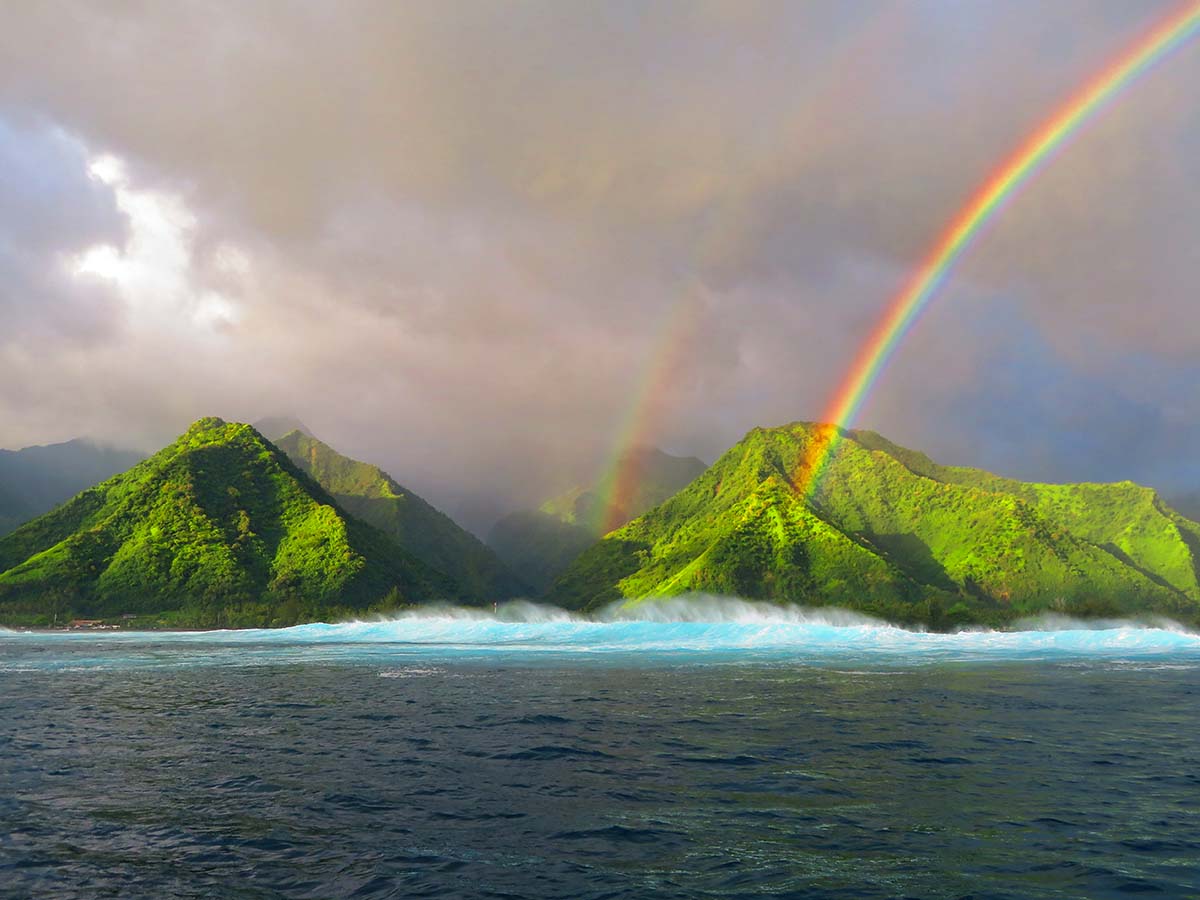
At the same time, temperatures are higher than the rest of the year and exceed 30°C. The heavy rainfall makes the southern summer a very humid and often stifling period. Moreover, the hours of sunshine are less.
Tuamotus Climatic Exception
Depending on where you are located, the wet season can be more or less rainy. In this respect, the archipelagos are not all in the same boat. The southern summer can even become quite enjoyable in the Tuamotus. These low islands are only a few meters above sea level. With no mountains, the clouds just pass by. However, you will not escape the showers: they will only be shorter.
Things to Do in French Polynesia When It Rains
Despite the rain, daily life goes on in Tahiti and her islands. The Polynesian people will always welcome you with the sound of the ukulele and will show you a great hospitality. Of course, you may spend more time indoors than usual. This is an opportunity to discover the few museums and exhibitions that Papeete and the island of Tahiti offer.
During the wet season, hiking in French Polynesia is no longer in fashion. The rain makes the paths muddy and slippery. However, the nature of the high islands, namely the mountains, will never appear as green and lively as on these rainy days.
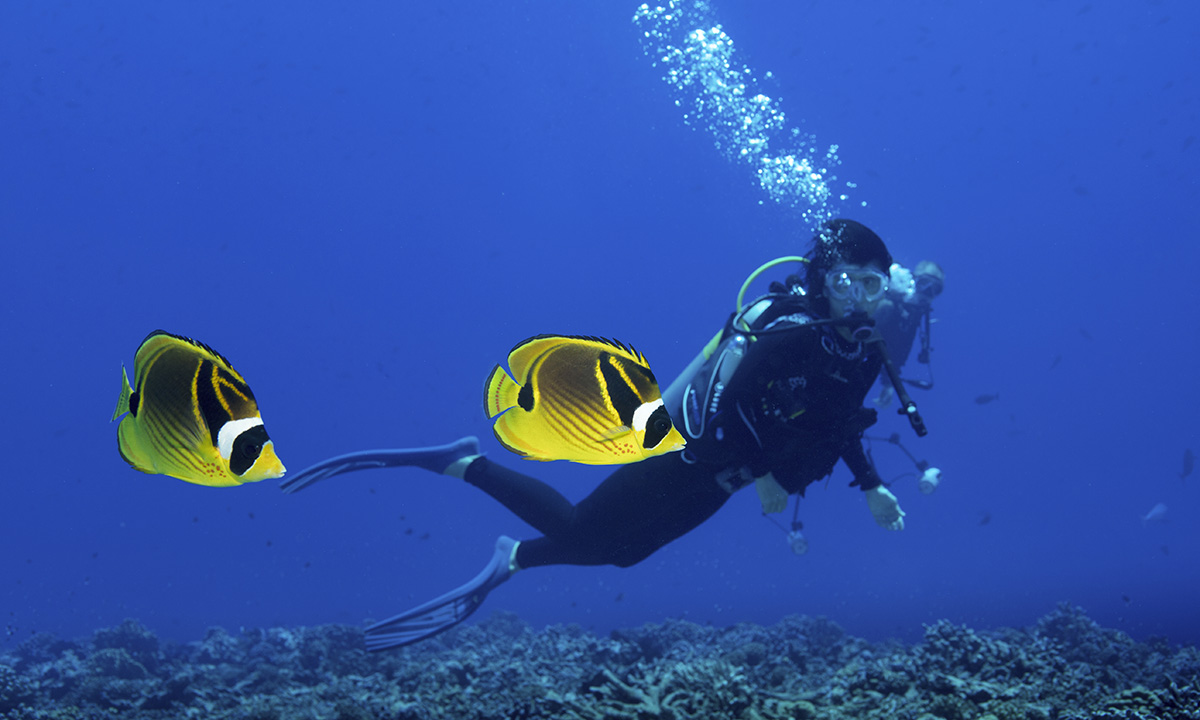
Between two showers, you will try to enjoy the beach and water activities. However, the real interest of coming during the southern summer lies under the surface of the water. Diving in French Polynesia becomes very important during the rainy months. Indeed, the diving conditions are often remarkable and the visibility remains excellent. This season is also the time of migration and reproduction of some species, especially the Great Hammerhead Shark. Book your dives today!
Best Time to Visit French Polynesia: When Prices Are at Their Lowest
Divers will never be disappointed by a Polynesian trip during the wet season. Even better, they will benefit from the best accommodation capacities of the diving centers, where they will have the privilege and the unique feeling of discovering virgin spaces protected from tourists.
Divers will not be the only ones to enjoy a trip during these rainy months. Indeed, the general decrease of the tourist frequentation allows to benefit from more affordable prices. Airline tickets are much cheaper than during the dry season and, above all, hotels offer very attractive rates. This considerably reduces the price of a trip to French Polynesia.

In total, a stay in February can represent a saving of one third compared to a stay in July. Couples wishing to spend their honeymoon in French Polynesia in a luxury hotel will find something to think about. On the other hand, rain will often be present.
May to October: Best Time to Visit French Polynesia
More and More Favorable Climatic Conditions
If you can count on a few showers during the month of May, the showers become occasional. From mid-June onwards, you will enjoy long sunny days, partly without rainfall, which is becoming increasingly rare. The peak will be reached in July and August. July in particular is a month not to be missed, both in the Society Archipelago and in the Tuamotus.
Less rain means more activities on land and at the beach. The mountains remain green and accessible. The heat is less stifling and although temperatures remain well above 25°C, hiking in the mountains or around the islands becomes absolutely great. In short, all of French Polynesia comes alive during the months of July and August.
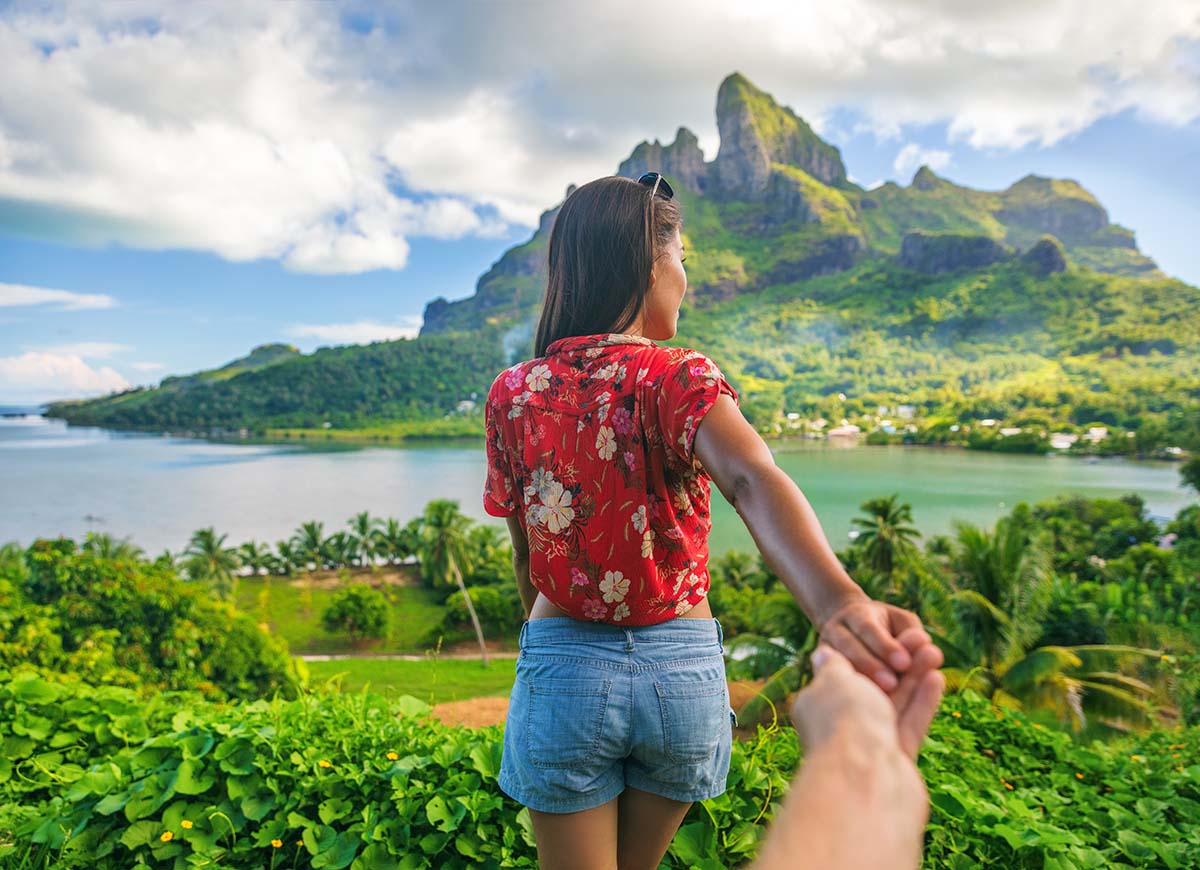
Enjoy Polynesian Culture in July and August
From July on, all of French Polynesia is in a state of excitement. The large hotel complexes reach their cruising speed and multiply their festive events to satisfy their international clientele. It is also the beginning of the big school vacations. For six weeks, the atmosphere is one of effervescence and celebration. Numerous shows, tastings and performances welcome the general public.
Thus, the local cultural life knows a real peak. After months of preparation, all of French Polynesia meets in Tahiti to celebrate the Heiva. This dance and song festival is an unmissable event for those who want to discover the culture and heritage of the Polynesian people. But that’s not all: until the end of the summer vacations, in the first half of August, ancient rites and cults are revived in the marae, during traditional shows where folklore and national identity are cleverly combined.
Visiting French Polynesia When Prices Are the Highest
July and August are certainly wonderful months to experience Tahiti and her islands. However, the period coincides on the one hand with the arrival of international vacationers and on the other hand with the arrival and departure of French expatriates posted in French Polynesia. As a result, not only do the prices of flights to Tahiti increase dramatically, but so do the prices of hotel nights.
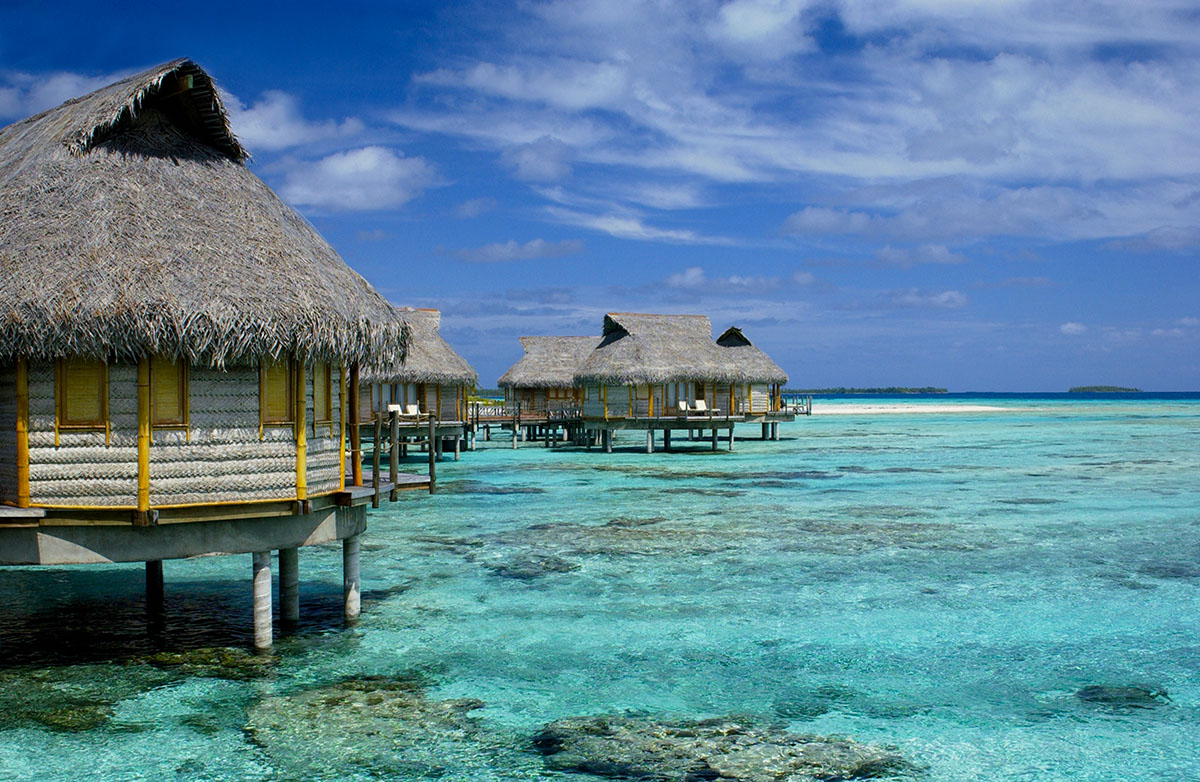
The issue is not only economic. In fact, some of the more remote islands will be crowded and available airfare will be scarcer. On the other hand, the best guesthouses and the best oriented bungalows will be full very quickly. If you plan to visit Tahiti and her islands in the middle of the southern winter, it is best to plan at least a year in advance! In July and August, the cost of a trip to French Polynesia can be quite high.
September & October: Best Time to Visit French Polynesia
Although most international visitors have already left Tahiti and her islands by the beginning of September, the southern winter is not yet over. The season remains relatively mild with a good amount of sunshine, a few scattered showers and temperatures that are still pleasant. The climatic conditions remain excellent. You will still be able to enjoy the beaches and go hiking in French Polynesia. The period is also perfect for humpback whale watching: book your tour online today!
From mid-September onwards, the price of international air tickets is constantly decreasing, which represents a nice saving on the overall cost of your trip. Not only are the prices of flights to French Polynesia going down, but the price of hotel nights is also going down. Above all, you will find much more availability at pensions in French Polynesia.
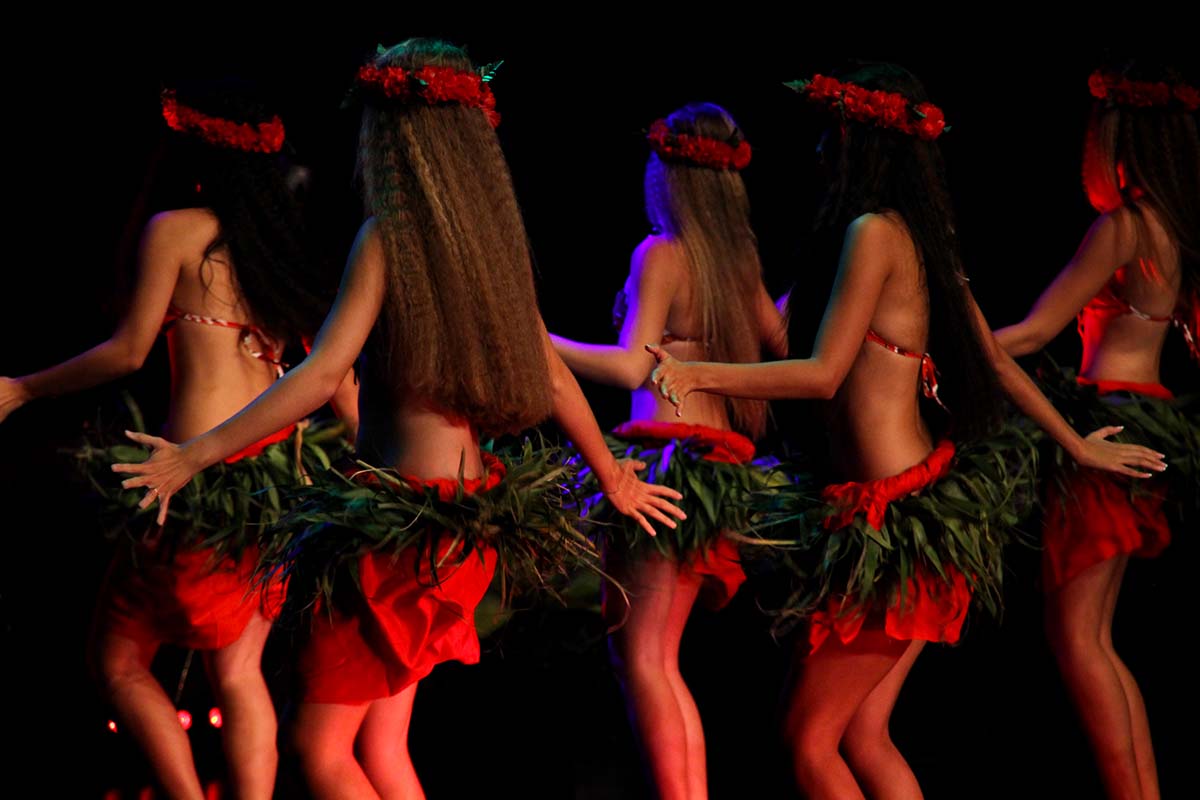
More affordable, French Polynesia is also becoming more intimate. The local cultural life is now practicing the “entre-soi”, or the pleasure to meet and spend a good time together. Examples are the popular festivals in Rangiroa, the marathon in Moorea or the great vaa canoe competition in the Leeward Islands during the Hawaiki Nui Va’a. We hope that you will have the chance and the opportunity to discover these privileged moments.
Choose Your Best Time to Visit French Polynesia
In the end, the best time to visit Tahiti and her islands will be the one you choose. Once you are there, you will always find something to do: activities in French Polynesia are numerous. Whether you travel in February or in August, a stay in the South Pacific Islands will always have that wonderful and exceptional feeling of living a daydream.
Choose your dates and start preparing your trip to French Polynesia. You will have to think about international and domestic flights. You will also have to think about an itinerary between the islands of the archipelagos and a program of activities so you don’t miss anything. Contact us today to start organizing your next trip.

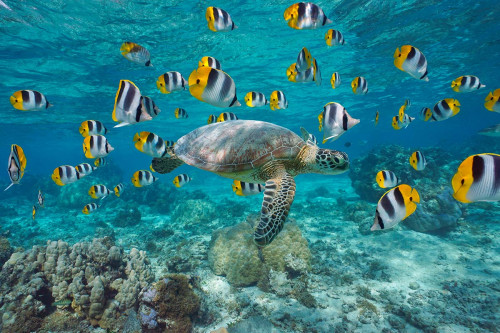
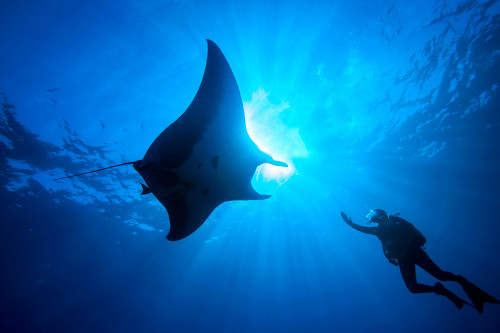
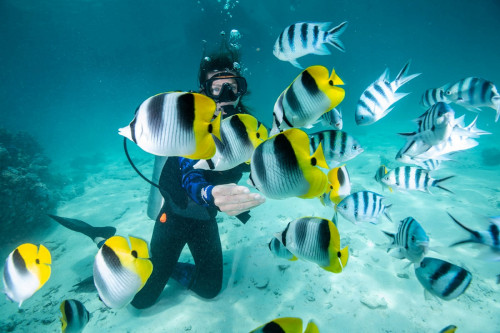
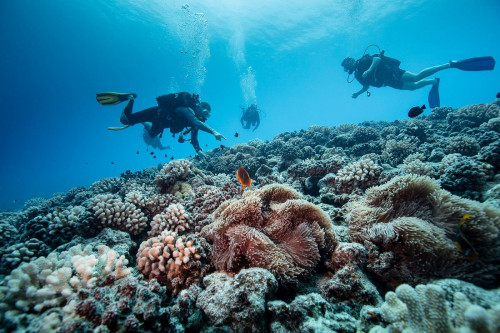
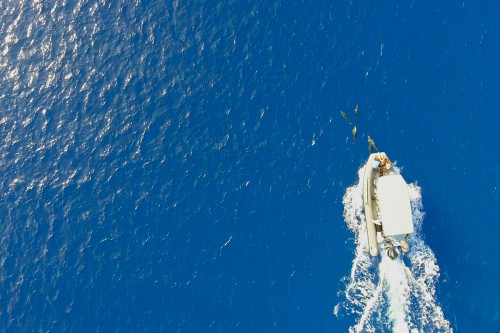
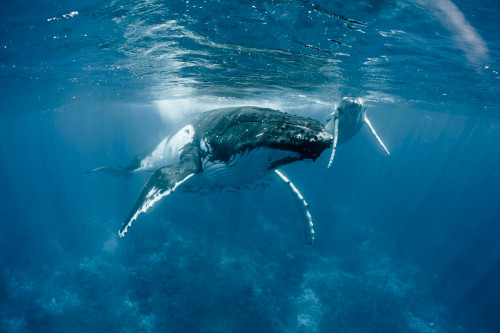
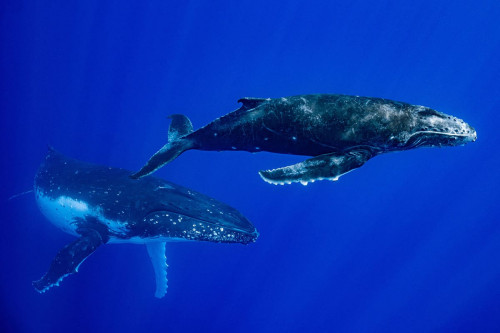
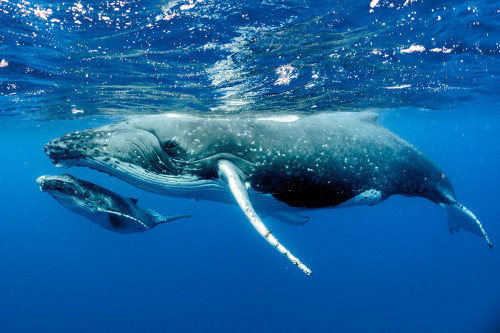
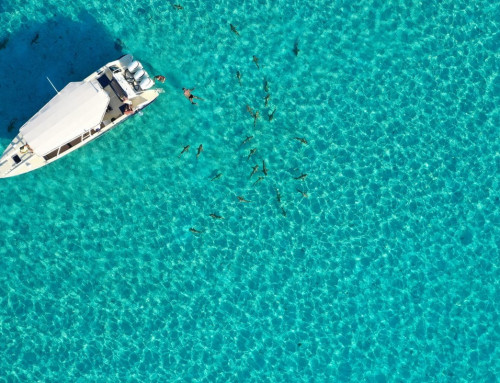
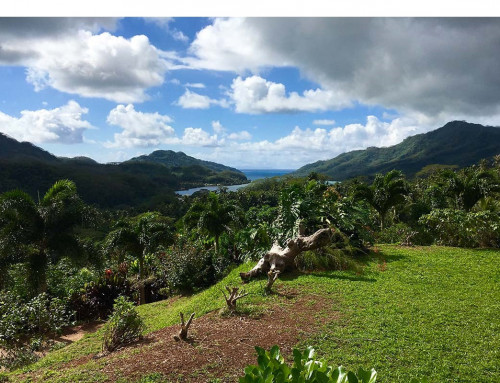
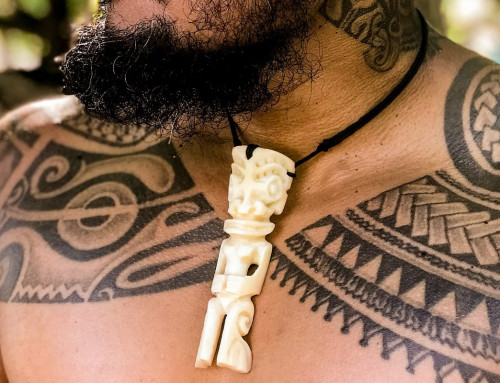

Leave A Comment